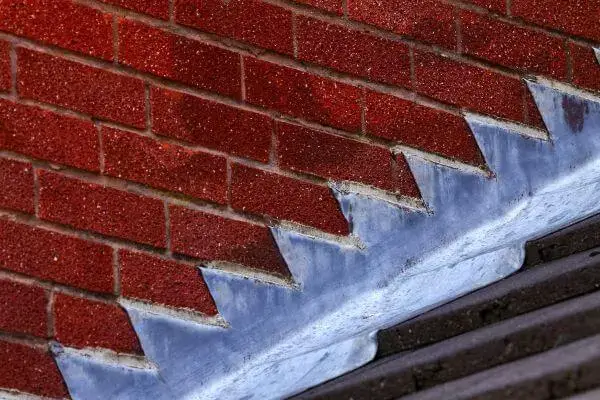It’s weird how the smallest parts of a roof can be the ones doing the most quiet damage — or the most quiet saving. Flashing and siding don’t really get talked about in regular conversations unless something’s already gone wrong. But if you’ve ever had water sneak in through a corner seam or drip down a wall where it shouldn’t be… yeah, that was probably a flashing issue.
I’ve come across buildings that looked totally fine from the ground. No sagging, no major cracks — and yet inside, the drywall told a different story. Damp spots, ceiling bubbles, peeling paint. And the culprit? Not the whole roof. Just the way it was edged.

Why Roof Flashing Actually Matters
Flashing is like the seal around the edges of your flat roof. It’s what protects those in-between spots – where the roof meets a wall, where a vent comes through, or where two surfaces don’t quite line up cleanly, as outlined in the Ontario Building Code. Without proper flashing, water finds its way in slowly. It doesn’t gush. It creeps. Which might be worse, actually, because by the time you notice, damage has already spread underneath.
What makes it trickier is that bad flashing doesn’t always mean broken flashing. It can be poorly installed, or just the wrong material for the roof type. Especially on older buildings, I’ve seen flashing held on with whatever someone had in their truck that day. Screws, caulk, hope.
This is why flat roof repairs often end up being about edges more than surfaces. The middle part of the roof might be holding up fine, but once water starts slipping under the flashing, it can pool where you can’t see it – between layers, inside insulation, behind siding.
Siding Isn’t Just for Looks
People often think of siding as cosmetic – something to make the building look clean or modern. And sure, that’s part of it. But in reality, siding works alongside flashing to direct water down and away from vulnerable areas. Without good siding, flashing has to do more than it was ever meant to, and that balance eventually breaks down.
I’ve seen buildings where mismatched panels were slapped on, or worse, where old siding was left to rot behind a “new” layer. And when the wind picks up or ice starts expanding and contracting at the seams? That’s when you start to see the leaks and call for emergency fixes.
This is why proper roof flashing and siding installation is more than a finishing step. It’s protection. Not just now, but seasons from now – after a few snowmelts, windstorms, and freeze-thaw cycles have had their way with your building.
When roof repairs Aren’t Enough Anymore
Sometimes flashing and siding can be patched or reinforced. And sometimes… they’re just too far gone. If the damage has spread into the membrane or under the insulation layers, no amount of sealing will solve it. That’s when it’s time to look at full flat roof replacement.
It’s not always an easy call. Replacing a roof takes planning, time, and a budget most people aren’t exactly thrilled to think about. But ignoring it doesn’t freeze the problem in place – it lets it grow. And the thing is, a new roof done right, with flashing and siding properly integrated from the beginning, buys you peace of mind for years.
What I’ve learned is this: roofs don’t fail all at once. They fail in corners, around pipes, near seams. In the places you assume are fine – until they’re not. And it’s often not because the owner didn’t care. It’s because the details got skipped, or weren’t explained properly in the first place.
Some Things to Keep In Mind
- Routine inspections catch minor flashing or siding issues before they become interior damage.
- Don’t trust caulking alone – it’s not meant to be your main line of defense on a commercial roof.
- Flashing should match the roof type – SBS, TPO, EPDM, etc. There’s no “one size fits all.”
- Siding should be sealed and vented properly to handle water and airflow without trapping moisture behind walls.
All of this sounds a bit technical, maybe – but really, it’s just the kind of stuff no one explains clearly until you’re already dealing with mold or water damage. And by then, you’re playing catch-up.
The Quiet Details Do the Loudest Work
If there’s one thing I’d want every building owner or manager to walk away with, it’s this: your roof’s edges matter just as much as the surface. Flashing and siding aren’t accessories. They’re the pieces that hold the whole system together when the weather stops playing nice.
So if your flat roof hasn’t been checked in a while, or if you’re planning a new install or a major repair – don’t leave flashing and siding off the to-do list. It’s not a detail. It’s the difference between a roof that lasts and one that slowly falls apart at the seams.
